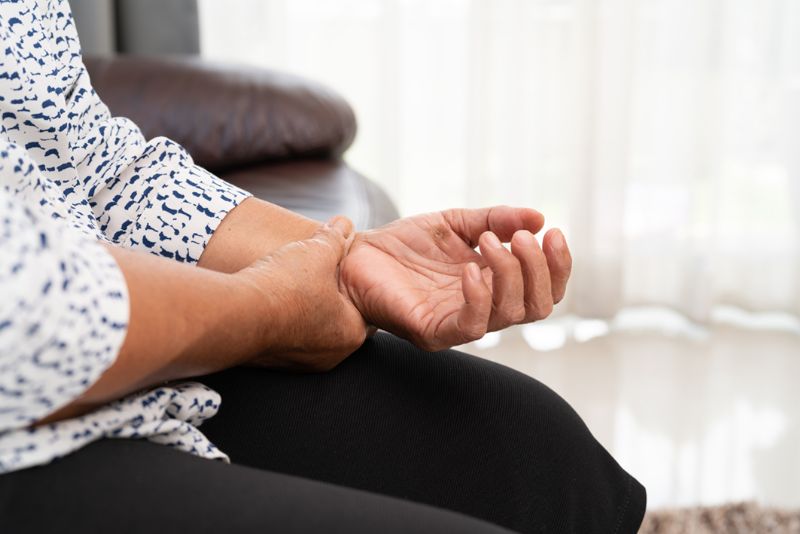- Home
- News, Articles & Reviews
We are hiring! Please click here to join our growing magazine delivery team in Gloucestershire!

Winter aches or something more?
All Areas > Health & Beauty > Medical Health
Author: Holly Hannigan, Posted: Monday, 25th November 2019, 09:00
We all experience the odd ache or stiffness in our joints and bones, so when does the odd ache become something more?
Arthritis is a common condition that causes pain and inflammation in a joint. In the UK, more than 10 million people have arthritis, affecting people of any age including children.
There are many different types of arthritis and related conditions, the two most common types being Osteoarthritis and rheumatoid arthritis.
Making movement more difficult than usual
Osteoarthritis is the most common type of arthritis in the UK, affecting nearly 9 million people. It most often develops in adults who are in their mid-40s or older and is more common in women.
This condition initially affects the smooth cartilage lining of the joint, which makes movement more difficult than usual, leading to pain and stiffness. Once the cartilage lining starts to roughen and thin out, the tendons and ligaments have to work harder. This can cause swelling and the formation of bony spurs called osteophytes.
Severe loss of cartilage can lead to bone rubbing on bone, altering the shape of the joint and forcing the bones out of their normal position. The most commonly affected joints are those in the hands, spine, knees and hips.
In the UK, rheumatoid arthritis affects more than 400,000 people, often starting when a person is between 40 and 50 years old. Women are three times more likely to be affected than men.
In rheumatoid arthritis, the body’s immune system targets affected joints, which leads to pain and swelling. The outer covering (synovium) of the joint is the first place affected. This can then spread across the joint, leading to further swelling and a change in the joint’s shape. This may cause the bone and cartilage to break down.
People with rheumatoid arthritis can also develop problems with other tissues and organs in their body.
It is important to get an accurate diagnosis
Depending on the type of arthritis you have, your symptoms may vary, which is why it is important to get an accurate diagnosis. Common symptoms include:
• Joint pain, tenderness and stiffness
• Inflammation in and around the joints
• Restricted movement of the joints
• Warm red skin over the affected joint
• Weakness and muscle wasting
There is no cure for arthritis, but there are many treatments that can help slow it down. These include lifestyle changes, medication, physiotherapy and surgery.
Maintaining a healthy lifestyle is key
Living with arthritis isn’t easy, and carrying out simple, everyday tasks can often be painful and difficult. Many people with arthritis say their joints become more painful and stiff in the winter, though it’s not clear why.
So, maintaining a healthy lifestyle is key through a balanced diet, keeping active and staying warm. There are also a range of services and benefits available, and remember to always seek support from your GP.Copyright © 2025 The Local Answer Limited.
Unauthorized use and/or duplication of this material without express and written permission from this site's author and/or owner is strictly prohibited. Excerpts and links may be used, provided that full and clear credit is given to The Local Answer Limited and thelocalanswer.co.uk with appropriate and specific direction to the original content.More articles you may be interested in...


© 2025 The Local Answer Limited - Registered in England and Wales - Company No. 06929408
Unit H, Churchill Industrial Estate, Churchill Road, Leckhampton, Cheltenham, GL53 7EG - VAT Registration No. 975613000You are leaving the TLA website...
You are now leaving the TLA website and are going to a website that is not operated by us. The Local Answer are not responsible for the content or availability of linked sites, and cannot accept liability if the linked site has been compromised and contains unsuitable images or other content. If you wish to proceed, please click the "Continue" button below:




